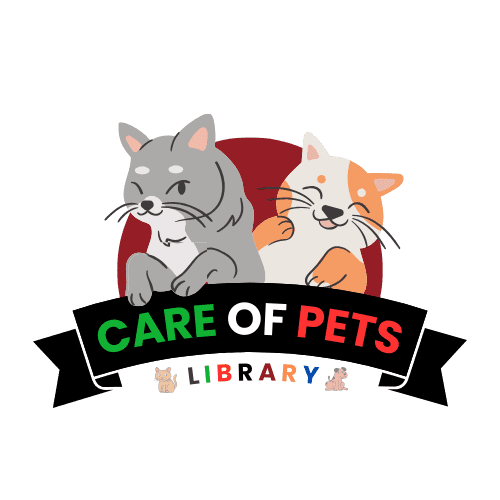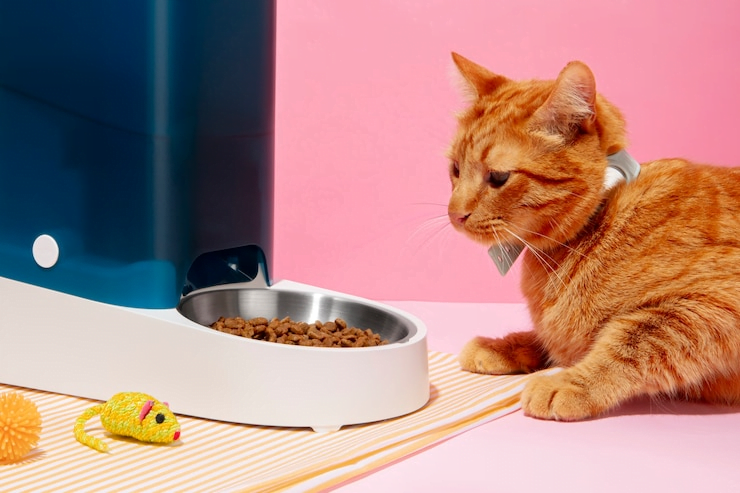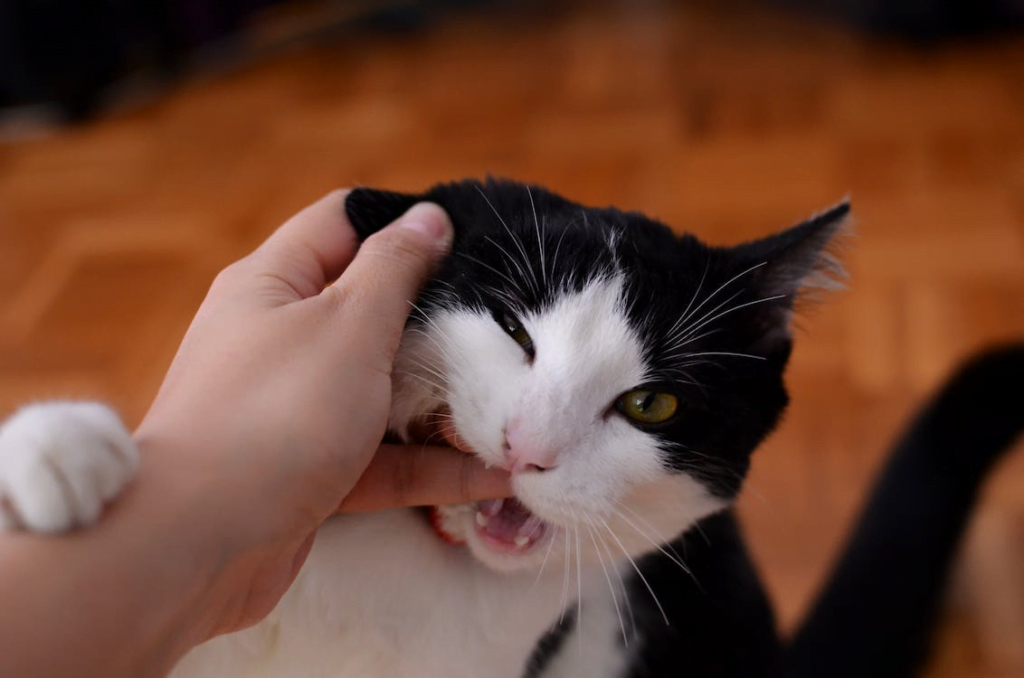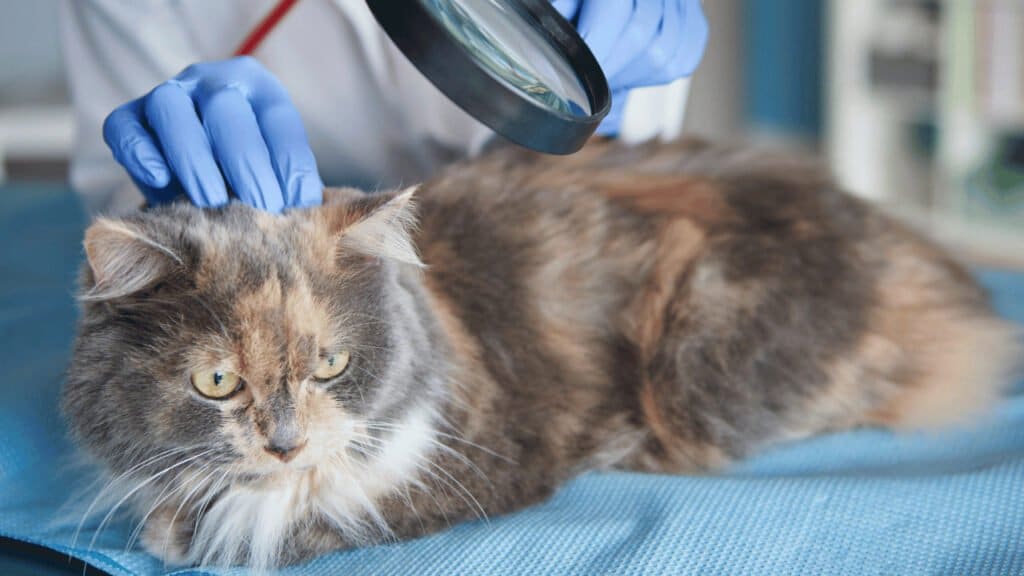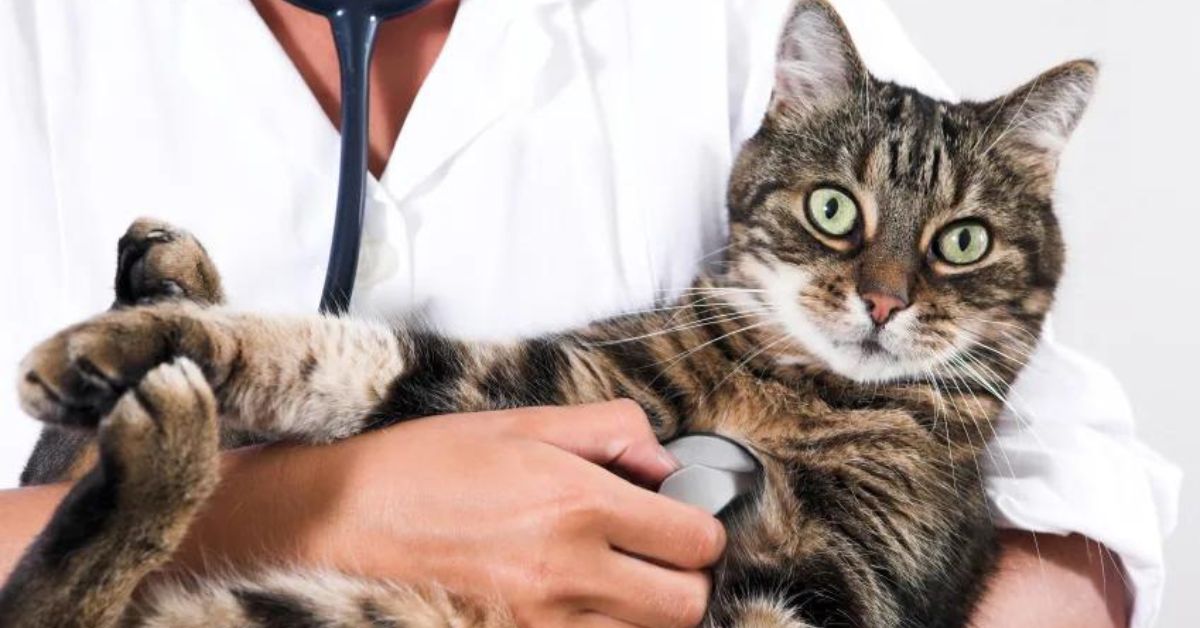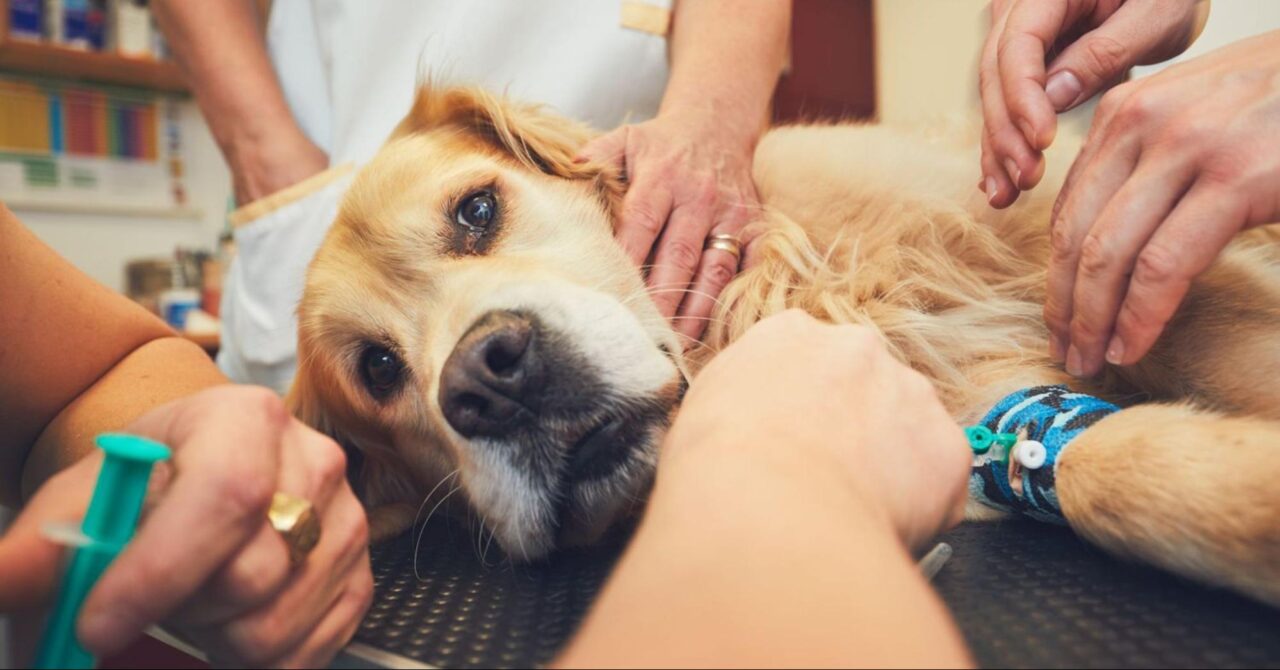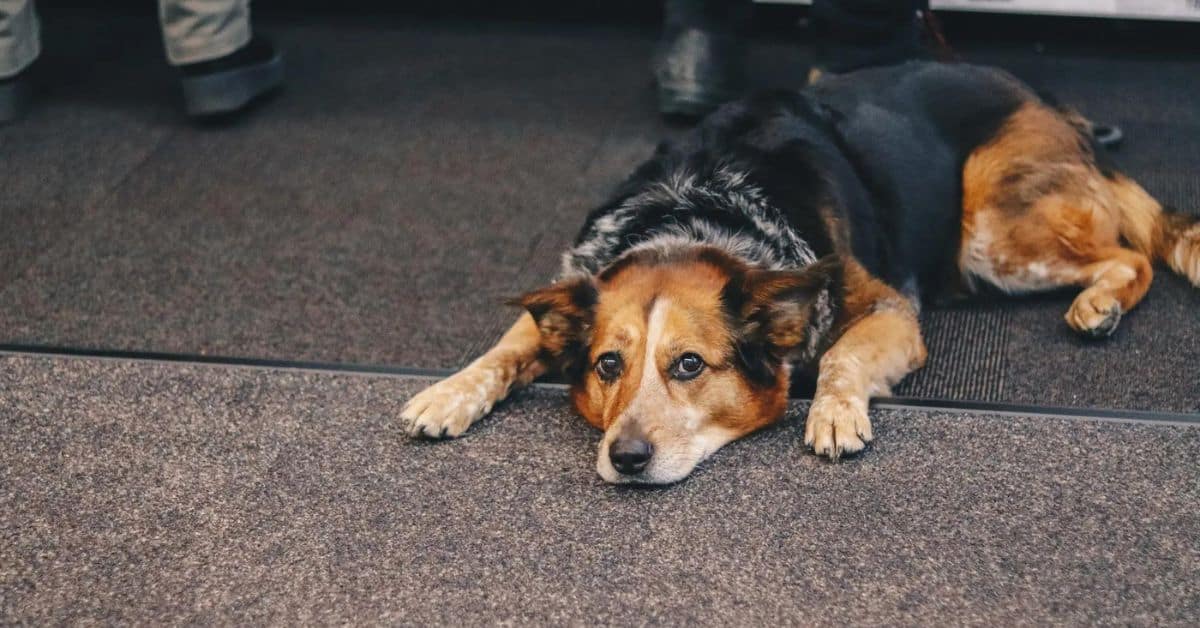Feral cats, Where to Take Feral Cats, often seen roaming urban and rural landscapes, pose unique challenges to animal welfare and public health. Unlike stray cats, which are lost or abandoned pets, feral cats are typically born and raised in the wild with minimal human interaction, making them difficult to socialize.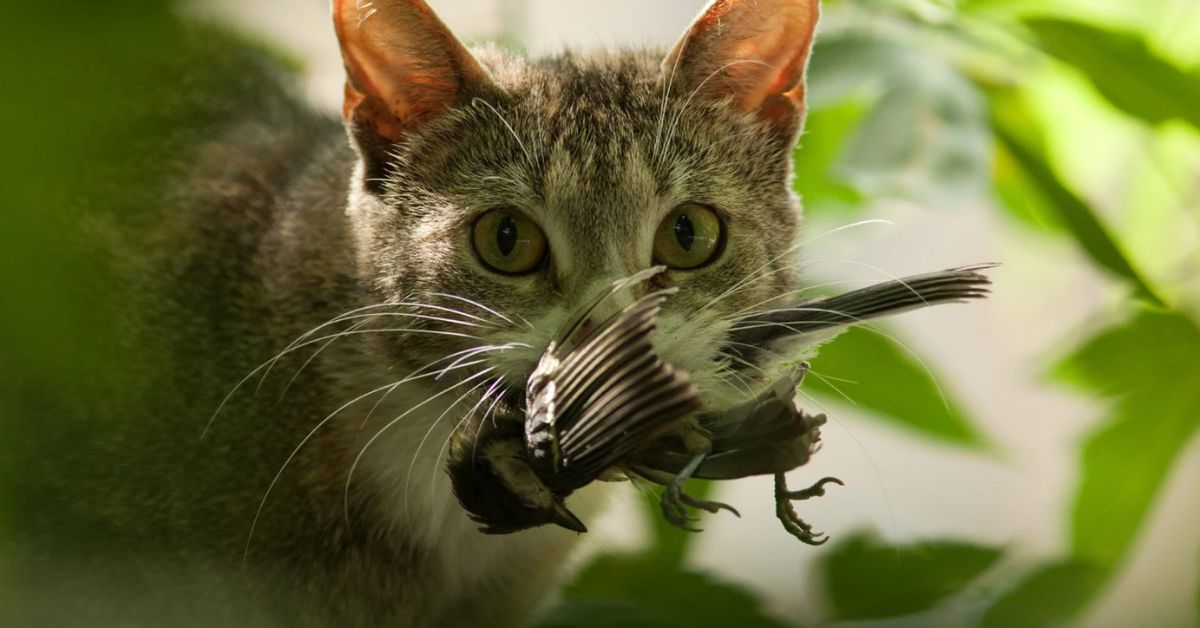
Addressing the issue of feral cats requires a balanced approach that considers the well-being of the cats and the impact on the local ecosystem. Options for managing feral cat populations include Trap-Neuter-Return (TNR) programs, which aim to reduce the number of feral cats over time humanely.
Other solutions involve collaboration with animal shelters and rescue organizations, which can provide medical care, spay/neuter services, and potentially find suitable environments for these cats. Ensuring the humane treatment of feral cats while mitigating their impact on wildlife and human communities is a complex but essential task for animal control and welfare advocates.
Where to Take Feral Cats?
Managing feral cat populations is essential for the well-being of both the cats and the community. Feral cats, Where to Take Feral Cats, often part of feral cat colonies, live without human contact and rely on community cats’ caregivers for survival.
Humane trap-neuter-return (TNR) programs, supported by organizations like Alley Cat Allies, are an effective approach to controlling these populations. These programs ensure that feral cats receive medical care and are returned to their colonies, preventing overpopulation. Animal shelters and animal control agencies, including the Animal Humane Society and Animal Care Service, also play crucial roles in this effort.
By using humane traps and providing food sources such as cat food, compassionate people can help feral cats lead healthier lives. Feral kittens, often fostered by the Feral Friends Network, can be socialized and adopted. This collaborative approach ensures that millions of cats, including friendly strays, have a chance at a happy life.
When Cat Relocation is the Only Choice
When cat relocation is the only choice, it is usually due to threats to their safety or the disruption of their habitat. Feral cat colonies may need to be moved if their food source is eliminated, or if construction threatens their home. Using humane traps, organizations like Alley Cat Allies and animal control agencies can safely capture and relocate these cats.
Relocated cats should be placed in a new environment where they can form a stable feral colony, with minimal contact with humans. Animal shelters and the Humane Society often assist by providing medical care and temporary housing. Relocation is complex and should involve compassionate people who ensure the entire colony’s well-being.
Although it is a last resort, relocation can give millions of free-roaming cats a chance at healthier lives. With the help of Community Cat Programs and the Feral Friends Network, relocated cats can still lead happy lives in their new environments.
What can be done for the cats?
There are two main approaches to helping cats – those friendly to humans and those who are feral. Friendly strays can be adopted into loving homes, but feral cats who avoid human contact require a different solution. 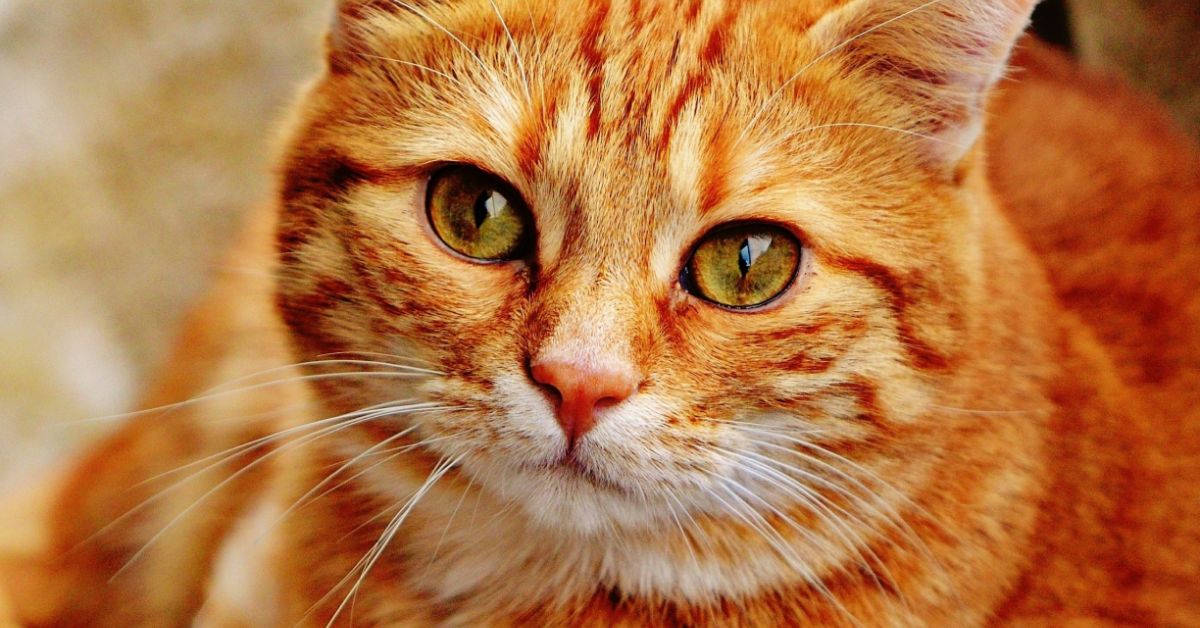
Trap-neuter-return (TNR) programs use humane traps to capture feral cats, spay or neuter them to prevent breeding, and then return them to their outdoor colonies. This helps control feral cat populations and improves the lives of the cats themselves. Alley Cat Allies, a national advocacy organization, promotes TNR as a more effective approach than removing feral cats altogether.
Community Cat Programs, often run by animal shelters or rescue organizations, work with caretakers who provide food, water, and shelter for feral colonies. These caretakers can also help socialize young kittens, under 8 weeks of age, who may be more adaptable to indoor living, placing them in foster care or adoption programs.
For feral cats who remain outdoors, continued access to food and water is essential. Food should be high-quality and specifically formulated for cats, not scraps or leftovers. Fresh water should be available at all times. Providing cat litter boxes near the colony helps minimize their impact on the surrounding environment.
Why do feral cats have to come in live traps?
Unlike friendly strays who may approach humans for food or affection, feral cats are wild animals with a deep aversion to human contact. Traditional methods of capture, like nets or snares, can be stressful and even injure these wary creatures.
Live traps provide a safe and humane way to capture them. The trap allows the cat to enter on its terms, often lured by a tempting food source. Once secured inside, the cat can be safely transported to a veterinarian for neutering or spaying, vaccinations, and any necessary medical care.
This minimizes stress on the animal and allows for a more effective Trap-Neuter-Return (TNR) program. Since the cats are returned to their colony after treatment, live traps are crucial for managing feral cat populations humanely and sustainably.
How Best to Help Feral Cats in Your Community
Here’s a concise paragraph on how best to help feral cats in your community.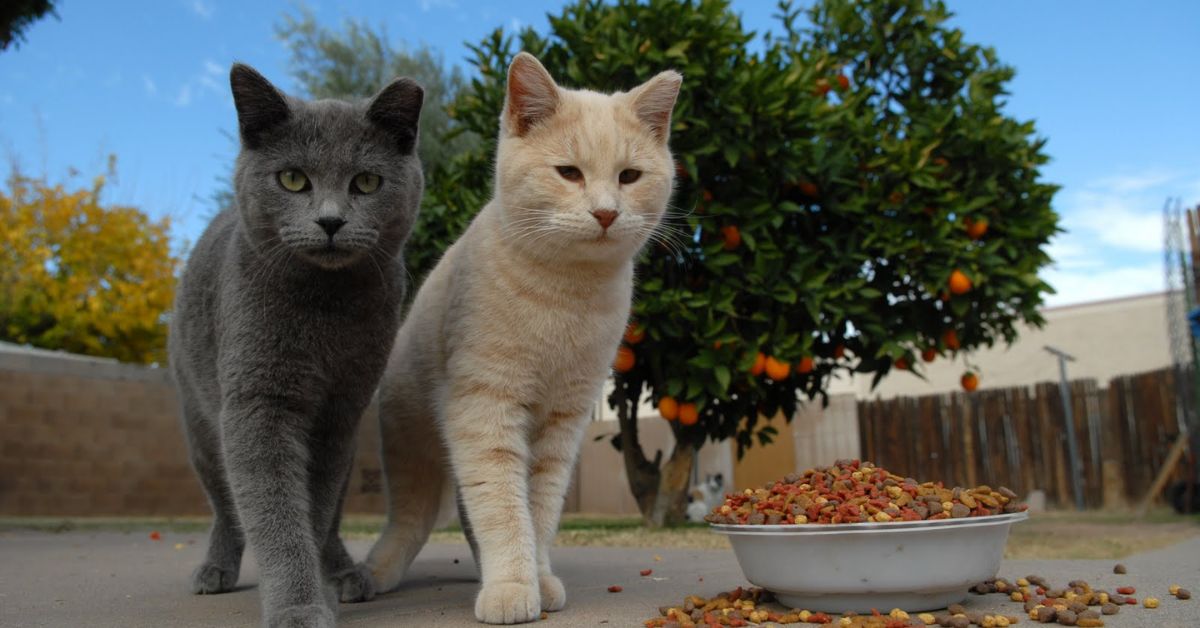
Feral cats, born and raised in the wild without socialization, require specific care. To support them:
- Trap-Neuter-Return (TNR): Implement ongoing TNR programs to control feral cat populations.
- Provide Food and Water: Regularly offer fresh food and water to feral colonies.
- Shelter: Set up warm shelters to protect them from the elements.
- Health Monitoring: Monitor individual cats within the colony and provide necessary health care.
- Socialize Feral Kittens: Volunteer to socialize feral kittens, helping them adapt to human contact.
- Educate and Advocate: Educate local officials and build support for TNR efforts in your community.
- Donate and Volunteer: Contribute to organizations like Alley Cat Allies, Humane Society, and Animal Humane Society, which work tirelessly to improve the lives of feral cats.
Remember, compassionate efforts can make a significant difference in the well-being of these community cats!
What Does the Feral Cat Coalition Do?
The Feral Cat Coalition is a non-profit organization dedicated to reducing the overpopulation of feral and abandoned cats through free, humane Trap-Neuter-Return (TNR). As a community, we recognize our responsibility to care for cats that have been forced to live outdoors due to human abandonment or failure to spay and neuter. Here’s how we make a difference:
- TNR Services: We provide free TNR services. Our licensed veterinarians perform spay/neuter surgeries at our San Diego facility and various locations throughout San Diego County. Since 1992, we’ve spayed or neutered over 50,000 community cats.
- Educational Outreach: We educate the public about community cats, emphasizing the importance of spaying and neutering. Stray cats, once pets, can contribute to unwanted kitten populations if left unaltered.
- Humane Trapping: We lend humane traps to caretakers for trapping feral cats. After neutering, we return them to their outdoor homes, where they’re monitored.
- Advocacy: We advocate for TNR as the most effective approach to managing community cat colonies. TNR is endorsed by organizations like the Humane Society of the United States and the American Society for the Prevention of Cruelty to Animals.
By supporting the Feral Cat Coalition, compassionate people help these cats live healthier lives while preventing further overpopulation.
Conclusion
Effectively managing feral cat populations requires a compassionate and multifaceted approach. Trap-Neuter-Return (TNR) programs have proven to be an effective, humane solution, reducing the number of feral cats and improving their quality of life. Collaborating with animal shelters and rescue organizations is crucial, as they offer essential medical care, spay/neuter services, and help in finding safe environments for these cats.
While the challenges are significant, addressing the issue of feral cats with empathy and strategic action can lead to a harmonious coexistence between feral cats, wildlife, and human communities. By prioritizing humane treatment and sustainable practices, we can ensure the well-being of feral cats and the health of our ecosystems.
FAQ
What can I do with my feral cat?
You should never attempt to handle a feral cat, in the same way that you would never attempt to handle a raccoon. Make an aid request to the Humane Society or any other animal protection organization. Rather than attempting to tame feral cats, the ASPCA recommends adopting one of the many available domestic cats or kittens.
Is it cruel to relocate a feral cat?
Relocating cats should only be done as a last resort when their lives are in jeopardy and you are unable to save them. Relocating is both stressful and dangerous for both you and your cats because cats are territorial and develop deep attachments with their outdoor homes.
Is it cruel to bring in a feral cat?
Adult feral cats are not socialized to people, which means they cannot be adopted to indoor homes. As a result, they are likely to be killed if picked up by animal control or brought to shelters, so it is in their best interest to continue living outdoors.
Is it OK to take in a feral cat?
Their home is the outdoors, and just like you, they don’t want to be taken from their homes. While you might have the time and resources to dedicate to adopting a socialized community cat, unsocialized cats, also called feral cats, never belong indoors. A feral cat belongs one place outside.
